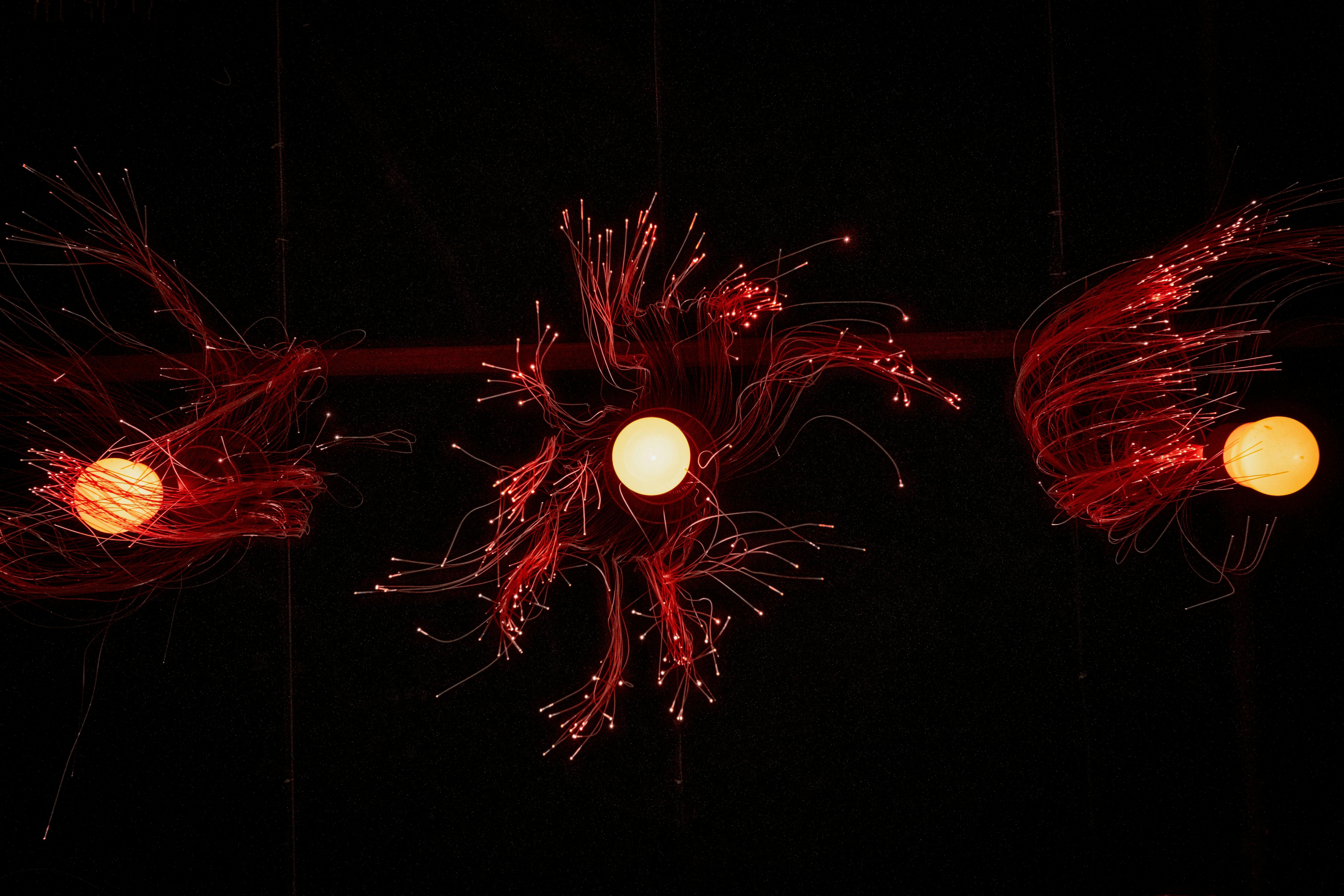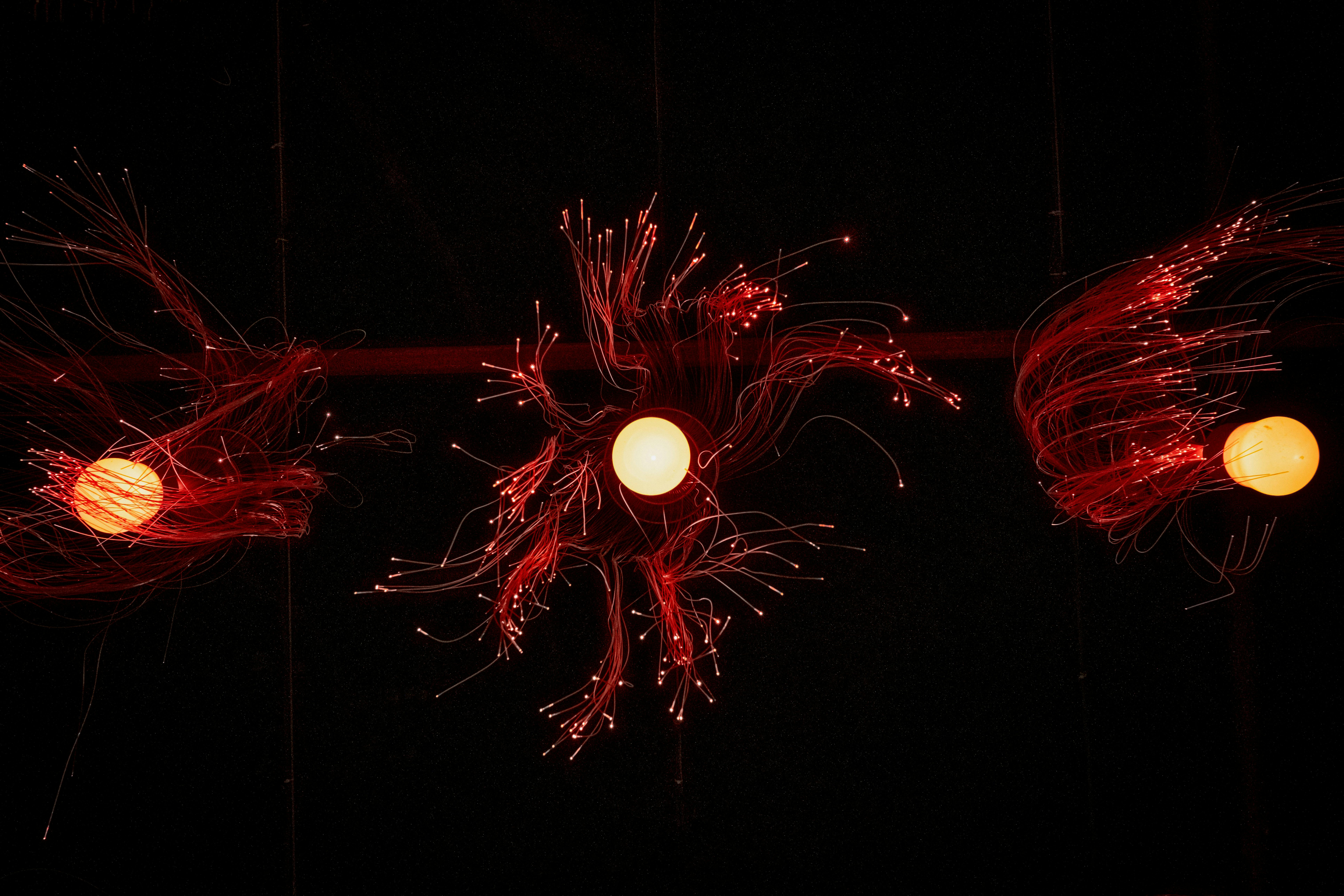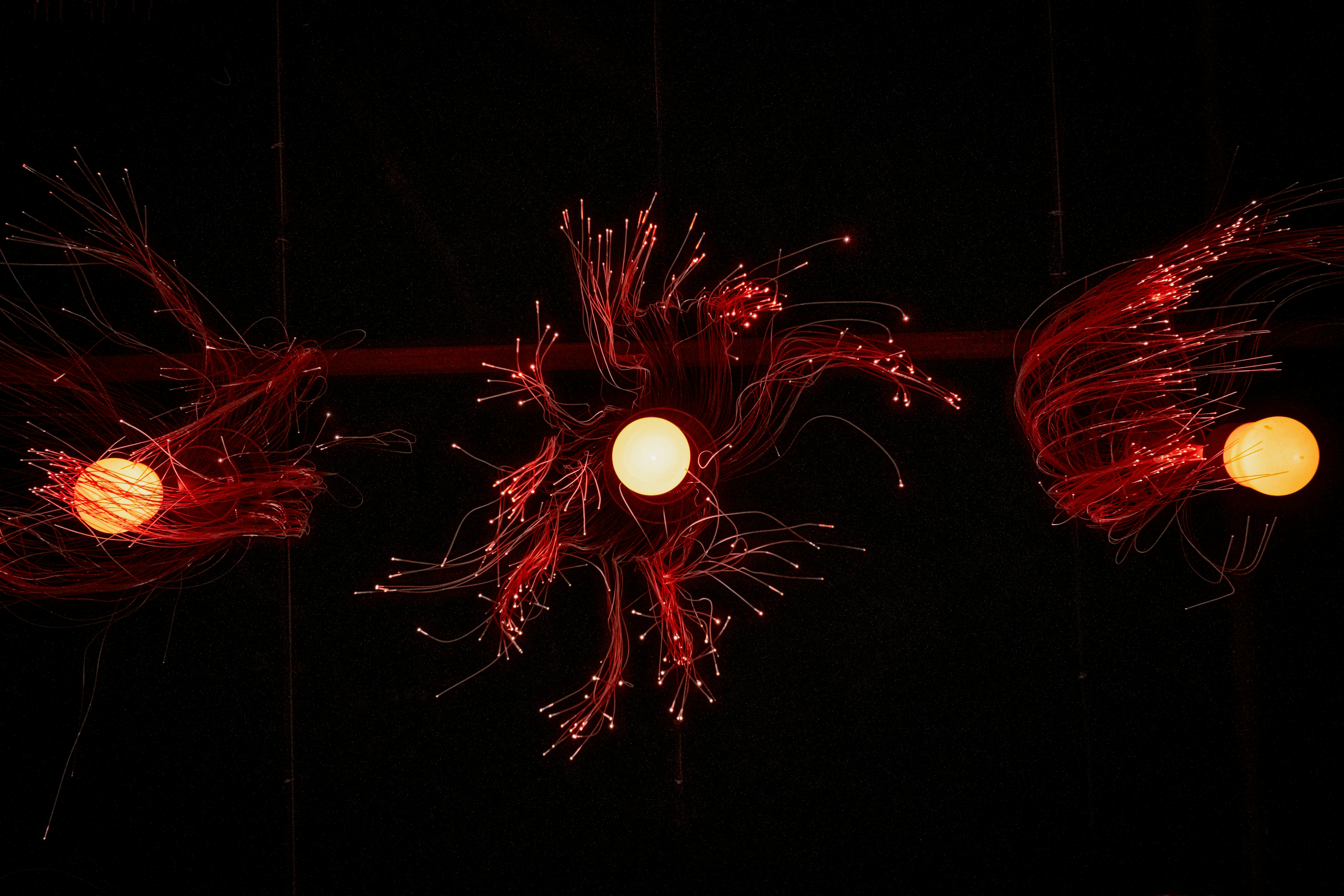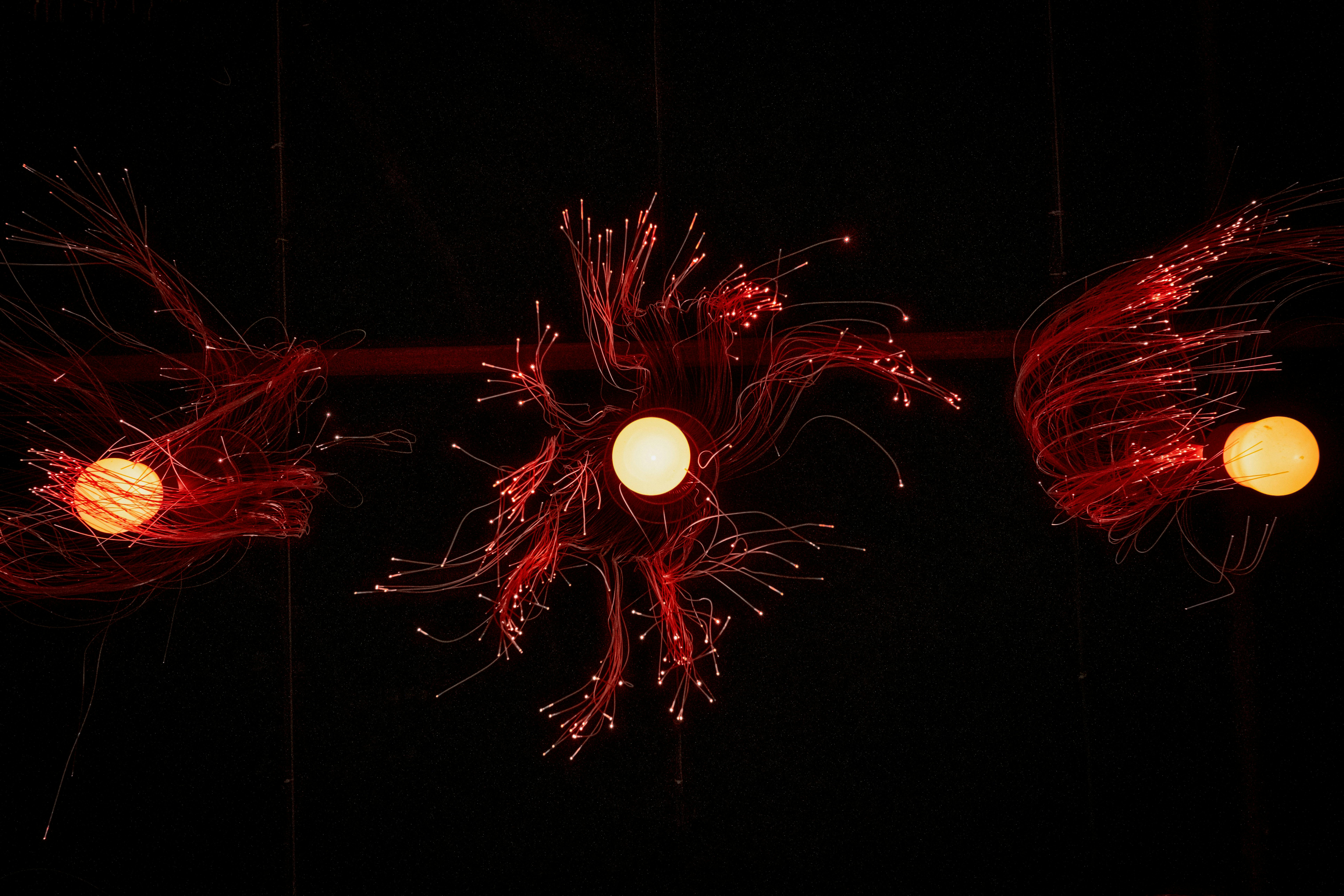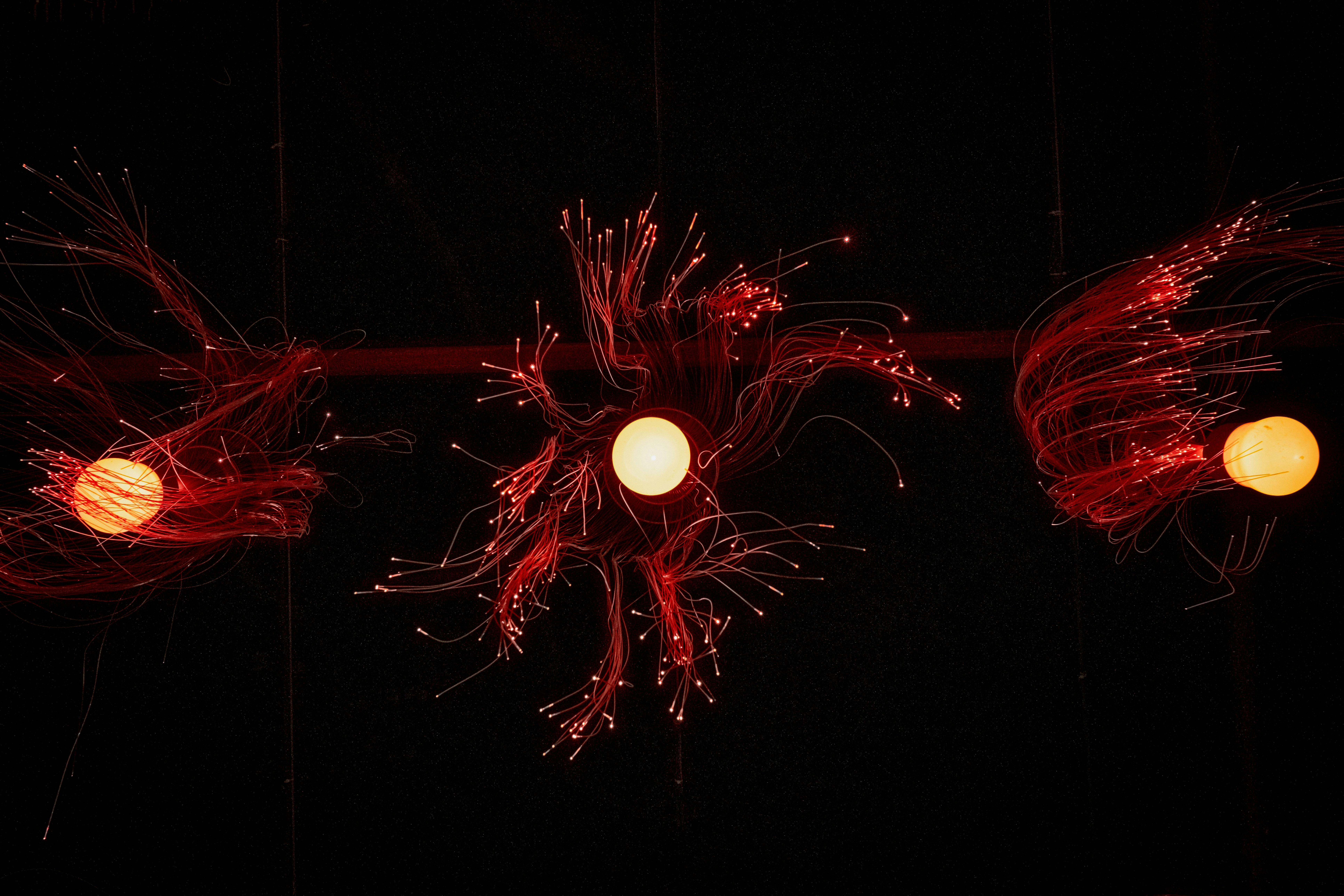Wallpaper Revival: Modern Patterns and Professional Installation Insights
Choosing the perfect paint color is only half the battle in transforming your home. The often-overlooked hero of a successful painting project is the finish – the sheen level of the paint itself. This critical decision impacts not just aesthetics, influencing how light plays on walls and how colors appear, but also dictates durability, cleanability, and the overall longevity of your hard work. Selecting the wrong sheen can lead to frustration: high-traffic areas showing wear prematurely, moisture-prone spaces succumbing to damage, or even beautiful colors looking flat or overly glaring under your lights. Understanding paint finishes empowers you to create spaces that are not only beautiful but also resilient and practical, protecting your investment and enhancing daily living. It’s the key to achieving professional-looking results that endure.
Decoding the Sheen Spectrum: Your Finish Options Explained
Paint finishes range from completely non-reflective to intensely glossy, each offering distinct advantages and trade-offs. Here’s a breakdown of the most common types:
- Flat/Matte: Provides a smooth, velvety appearance with zero shine. Excellent at hiding minor wall imperfections like bumps or hairline cracks. However, it’s the least durable and most difficult to clean, making it best for low-traffic adult bedrooms or ceilings where touch-ups are easy.
- Eggshell: Offers a soft, low-luster glow (like an eggshell) slightly more reflective than flat. Strikes a good balance between hiding imperfections and offering improved stain resistance and wipeability compared to flat. A versatile choice for living rooms, dining rooms, and hallways with moderate traffic.
- Satin: Features a gentle, pearl-like sheen. Highly popular due to its excellent durability, resistance to mildew, and ease of cleaning. It withstands scrubbing much better than eggshell or flat. Ideal for high-traffic areas like family rooms, children’s bedrooms, kitchens (away from direct splash zones), and interior doors/trim.
- Semi-Gloss: Delivers a noticeable, bright shine. Exceptionally tough, moisture-resistant, and incredibly easy to clean. Its reflective nature highlights surface details but also makes wall flaws more apparent. The top choice for bathrooms, kitchens (especially cabinets and backsplashes), trim, moulding, doors, and high-humidity areas.
- High-Gloss: Provides an almost mirror-like, ultra-reflective finish. The most durable and easiest to clean, but it dramatically emphasizes every surface imperfection and requires meticulous surface preparation. Typically reserved for cabinets, furniture, accent trim, or doors where a dramatic, lacquer-like effect is desired.
Room-by-Room: Matching Finish to Function
The purpose and environmental demands of a room should be the primary drivers of your finish selection. Consider these practical guidelines:
- Kitchens & Bathrooms: Opt for Satin or Semi-Gloss. These spaces face moisture, grease, and frequent cleaning. Satin works well on walls, while semi-gloss excels on cabinets, trim, and areas directly exposed to water splashes (like behind sinks). Their durability and wipeability are essential.
- Living Rooms, Dining Rooms & Hallways: Eggshell or Satin are ideal. Eggshell offers a sophisticated, low-sheen look good for formal areas and hides imperfections common in older homes. Satin provides extra durability for hallways and family-centric living spaces that see more activity and potential scuffs.
- Bedrooms (Adult): Flat, Matte, or Eggshell are suitable. The calm atmosphere benefits from the non-reflective quality of flat/matte, which also hides flaws. Eggshell adds a touch more resilience for occasional cleaning without introducing noticeable shine.
- Children’s Bedrooms & Playrooms: Prioritize Satin. It stands up remarkably well to sticky fingers, crayons, toys, and frequent washing – a necessity for these active spaces.
- Trim, Moulding, Doors & Cabinets: Semi-Gloss or High-Gloss reign supreme. These elements are touched frequently and need maximum durability and cleanability. The higher sheen also adds definition and highlights architectural details beautifully.
- Ceilings: Almost universally, Flat/Matte is best. It minimizes light reflection, hides imperfections effectively, and avoids drawing attention upwards unnecessarily.
Beyond the Room: Light, Texture & Imperfections
Room function is paramount, but several other factors influence the final look and performance of your chosen finish:
- Natural & Artificial Light: Sheen interacts dramatically with light. High-gloss finishes reflect light intensely, making colors appear brighter but potentially creating glare in brightly lit rooms. Flat finishes absorb light, making colors look slightly deeper and richer while minimizing glare. Consider the room’s orientation and lighting plan.
- Wall Imperfections: The higher the sheen, the more it reveals. Flat and Matte finishes are masters at disguising dings, uneven textures, or imperfect drywall seams. Semi-Gloss and Gloss will highlight every flaw, demanding near-perfect wall preparation (sanding, filling, priming) before application.
- Desired Texture Effect: Sheen can accentuate or subdue wall texture. A high-gloss finish on a heavily textured wall (like knockdown or orange peel) will make every bump and groove highly visible and reflective. A flat finish on the same wall will soften the texture’s appearance significantly.
Pro Application Tips for Flawless Results
Choosing the right finish is crucial, but proper application ensures it performs as expected:
- Preparation is Non-Negotiable: Especially for higher-sheen paints, walls must be clean, dry, smooth, and properly primed. Any dirt, grease, or unevenness will be amplified. Sand thoroughly, fill holes and cracks, and use a high-quality primer suitable for your surface.
- Quality Tools Matter: Use high-quality synthetic brushes (nylon/polyester blends work well for most paints) and rollers with the appropriate nap length. Shorter naps (1/4″ or 3/8″) give smoother results ideal for satin, semi-gloss, and gloss. Longer naps (1/2″+) hold more paint and are better for textured surfaces or flat finishes. Keep a damp cloth handy for quick cleanup of drips on trim.
- Application Technique: Maintain a “wet edge” by overlapping each stroke or roll into the previous section before it dries to avoid lap marks. Apply multiple thin coats rather than one thick coat for better durability and a smoother finish. Follow the manufacturer’s recommended recoat times precisely. For trim, use smooth, long brush strokes in the direction of the grain or moulding profile.
- Test in Situ:

